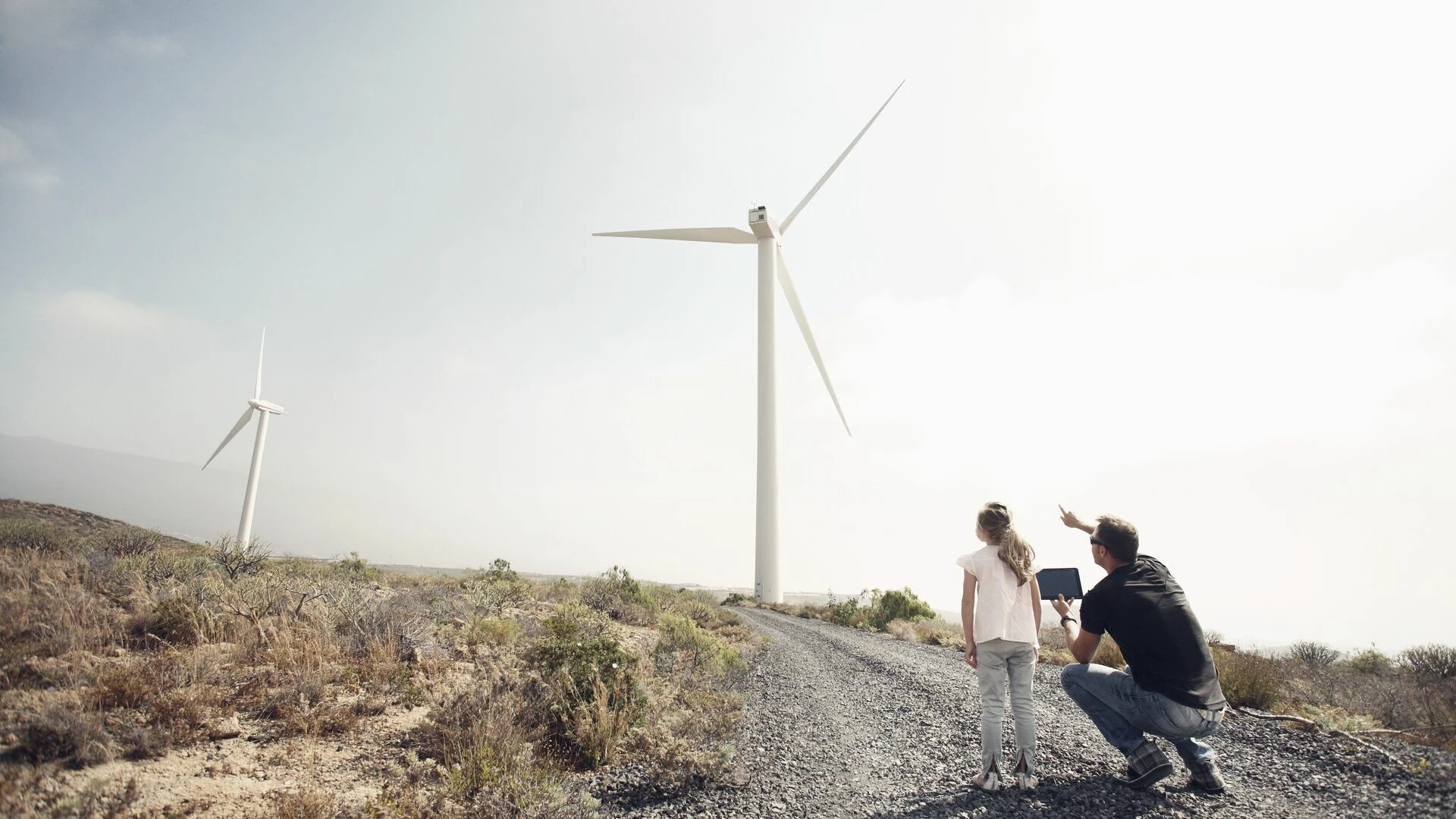In a world with growing power demand, renewable energy project developer European Energy provides solutions for the energy transition necessary to combat climate change. CEO and Cofounder Knud Erik Andersen talked to our Nordea On Your Mind author Johan Trocmé about the merits of climate technologies, such as wind power, battery storage and Power-to-X, as well as key hurdles and risks and how they vary around the world. These challenges also affect the financing of renewable energy projects, which would benefit from being de-risked by coordinated global policy efforts.
Johan Trocmé (JT): European Energy was started 20 years ago – could you briefly describe your business today and how you have evolved since 2004? How did it all start?
Knud Erik Andersen (KA): European Energy was founded in 2004 with a focus on renewable energy, starting with onshore wind projects. Over the years, we have grown and diversified significantly. Today, we are involved in onshore and offshore wind, solar, Power-to-X technologies and battery storage. Our mission is to accelerate the global energy transition by developing and operating green energy projects worldwide.
The company has evolved from a small startup, focused on a niche market, into a major player in the renewable energy sector, with projects in numerous countries.
JT: What is your view on the progress so far towards the Paris Agreement target to limit global warming to no more than 2°C?
KA: Progress towards the Paris Agreement goals has been mixed. While there has been significant development in renewable energy deployment and growing awareness of climate issues, global emissions continue to rise in many areas.
Achieving the 2°C target requires more ambitious and immediate actions across all sectors, including energy, transport and industry. We believe renewables can play a key role in meeting these targets, but current progress is not yet sufficient to meet the goals of the Paris Agreement without an acceleration of efforts.
JT: How big a part do you expect the renewable energy transition to play in global efforts to limit global warming and climate change?
KA: The renewable energy transition will be one of the most crucial components inglobal efforts to limit global warming. By decarbonising the energy sector, we can significantly reduce greenhouse gas emissions.
Renewable energy – particularly wind, solar and emerging technologies, such as Power-to-X – can replace fossil fuels in electricity generation and help decarbonize other sectors, including transportation and heavy industry. We believe renewable energy will be central to any successful strategy to limit global warming, especially as energy demand continues to grow.



